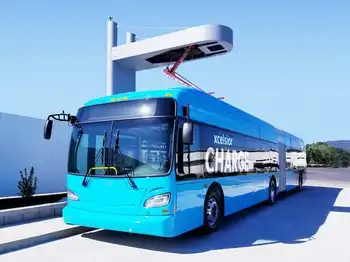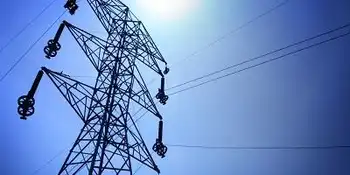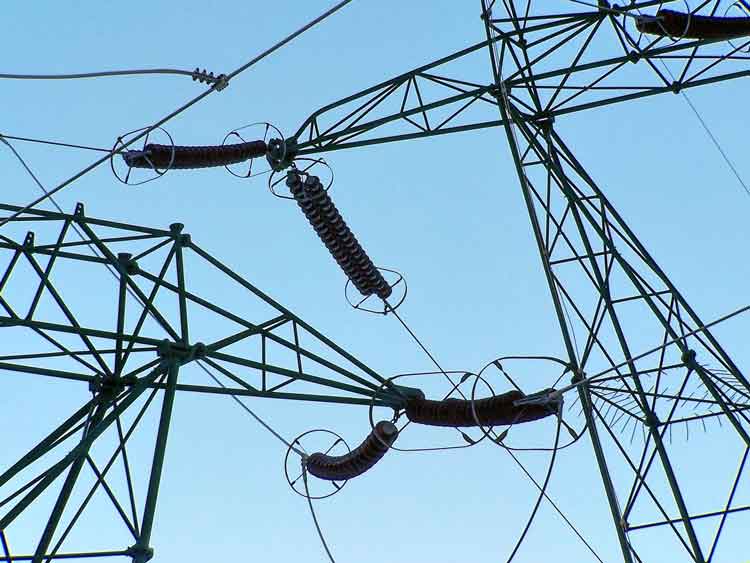Smart turbine blades to improve wind power
By Reuters
CSA Z462 Arc Flash Training - Electrical Safety Essentials
Our customized live online or in‑person group training can be delivered to your staff at your location.

- Live Online
- 6 hours Instructor-led
- Group Training Available
The research by engineers at Purdue University and Sandia National Laboratories is part of an effort to develop a smarter wind turbine structure.
"The ultimate goal is to feed information from sensors into an active control system that precisely adjusts components to optimize efficiency," said Purdue doctoral student Jonathan White, who is leading the research with Douglas Adams, a professor of mechanical engineering and director of Purdue's Center for Systems Integrity.
The system also could help improve wind turbine reliability by providing critical real-time information to the control system to prevent catastrophic wind turbine damage from high winds.
"Wind energy is playing an increasing role in providing electrical power," Adams said. "The United States is now the largest harvester of wind energy in the world. The question is, what can be done to wind turbines to make them more efficient, more cost effective and more reliable?"
The engineers embedded sensors called uniaxial and triaxial accelerometers inside a wind turbine blade as the blade was being built. The blade is now being tested on a research wind turbine at the U.S. Department of Agriculture's Agriculture Research Service laboratory in Bushland, Texas. Personnel from Sandia and the USDA operate the research wind turbines at the Texas site.
Such sensors could be instrumental in future turbine blades that have "control surfaces" and simple flaps like those on an airplane's wings to change the aerodynamic characteristics of the blades for better control. Because these flaps would be changed in real time to respond to changing winds, constant sensor data would be critical.
Research findings show that using a trio of sensors and "estimator model" software developed by White accurately reveals how much force is being exerted on the blades. Purdue and Sandia have applied for a provisional patent on the technique.
"The aim is to operate the generator and the turbine in the most efficient way, but this is difficult because wind speeds fluctuate," Adams said. "You want to be able to control the generator or the pitch of the blades to optimize energy capture by reducing forces on the components in the wind turbine during excessively high winds and increase the loads during low winds. In addition to improving efficiency, this should help improve reliability. The wind turbine towers can be 200 feet tall or more, so it is very expensive to service and repair damaged components."
Sensor data in a smart system might be used to better control the turbine speed by automatically adjusting the blade pitch while also commanding the generator to take corrective steps.
"We envision smart systems being a potentially huge step forward for turbines," said Sandia's Rumsey. "There is still a lot of work to be done, but we believe the payoff will be great. Our goal is to provide the electric utility industry with a reliable and efficient product. We are laying the groundwork for the wind turbine of the future."
Sensor data also will be used to design more resilient blades.
The sensors are capable of measuring acceleration occurring in various directions, which is necessary to accurately characterize the blade's bending and twisting and small vibrations near the tip that eventually cause fatigue and possible failure.
The sensors also measure two types of acceleration. One type, the dynamic acceleration, results from gusting winds, while the other, called static acceleration, results from gravity and the steady background winds. It is essential to accurately measure both forms of acceleration to estimate forces exerted on the blades. The sensor data reveal precisely how much a blade bends and twists from winds.











